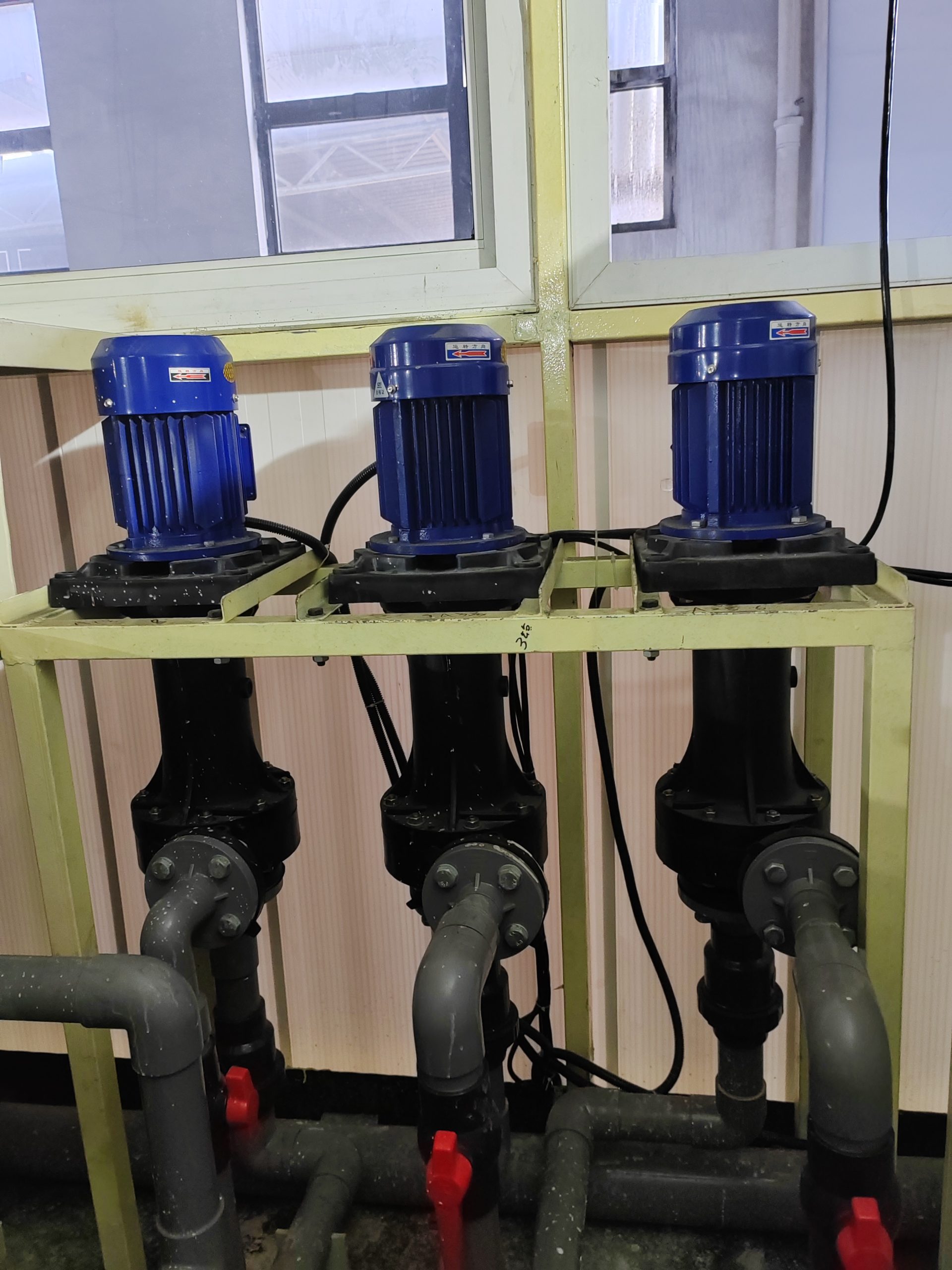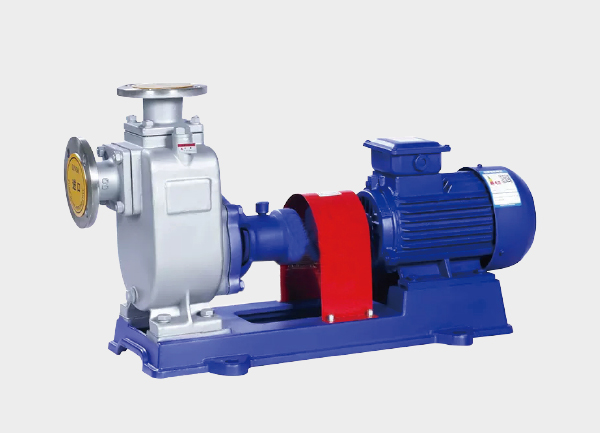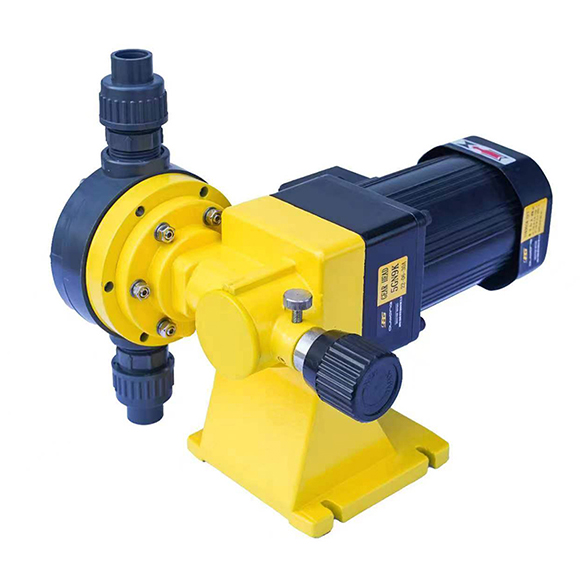Dry running in a centrifugal pump occurs when the pump operates without enough liquid inside the casing or when the suction line is not fully primed. This seemingly minor issue can lead to severe mechanical damage, reduced efficiency, and costly downtime. Understanding the causes and effects of dry running is crucial for maintaining the long-term reliability of your pumping system.

🔥 1. Major Damages Caused by Dry Running
1. Mechanical Seal Failure
The mechanical seal relies on the pumped liquid for cooling and lubrication.
When the pump runs dry, there is no fluid between the seal faces, leading to excessive friction and heat buildup.
Temperatures can rise above 200°C (392°F) within seconds, causing the seal to burn, crack, or deform — eventually resulting in serious leakage or total failure.
2. Overheating of Pump Casing and Impeller
Under normal conditions, the liquid absorbs and dissipates the heat generated by the impeller’s motion.
During dry running, there is no cooling medium, so the temperature inside the pump casing rises rapidly.
This can lead to thermal deformation, cracking, or even melting of components — particularly in plastic or cast iron pumps.
3. Bearing Damage
Dry running also causes the rotor to lose hydraulic balance, leading to increased vibration and excessive friction on the bearings.
Overheating and lack of lubrication can quickly result in bearing seizure or burnout.
4. Impeller Wear and Cavitation
Since air is much less dense than liquid, the impeller spins without resistance, causing vibration and cavitation.
Over time, this leads to erosion, pitting, or cracking of the impeller, significantly reducing pump efficiency and service life.
5. Failure to Prime or Lift Fluid
A centrifugal pump depends on liquid inside the casing to create suction.
When it runs dry, no vacuum is generated, leading to airlock or inability to lift the fluid, making the pump ineffective until it is re-primed.
⚙️ 2. Common Causes of Dry Running
Pump not properly primed before startup;
Air leakage in the suction pipeline;
Suction valve closed or partially opened;
Low liquid level in the suction tank;
Malfunction of automatic level or control system.
✅ 3. Effective Ways to Prevent Dry Running
1. Check Before Startup
Always prime the pump and ensure the casing is full of liquid.
Open the vent valve to remove trapped air.
Check the suction line and joints for leaks.
2. Install Dry-Run Protection Devices
Use level sensors, flow switches, or temperature sensors to detect dry running.
The control system should automatically shut down the pump when no liquid is detected.
3. Maintain Stable Suction Conditions
Keep the suction tank level above the minimum required to avoid air entrainment.
For long suction lines, consider self-priming designs or automatic priming systems.
💡 Conclusion
Even a few seconds of dry running can cause irreversible damage to a centrifugal pump — including seal failure, bearing damage, overheating, and impeller wear.
To ensure reliable and safe operation, it’s essential to prevent dry running through careful system design, regular inspection, and automatic protection controls.







